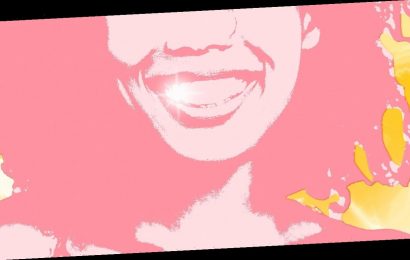Solar eclipse: Moon blocks out the sun over Canada
We use your sign-up to provide content in ways you’ve consented to and to improve our understanding of you. This may include adverts from us and 3rd parties based on our understanding. You can unsubscribe at any time. More info
The Harvest Moon will be visible in the sky tonight, as summer comes to its end, and autumn takes over. But the exact meaning of the Harvest Moon is far more complicated than simply just a full moon in September.
There are 12 full moons expected this year, and we’ve already had eight.
A full moon comes around about once every 29 or 30 days, which tends to fall in line with the calendar years.
However, sometimes there can be more than one full moon in a calendar month, which is known as a ‘blue moon’.
Each year we also have a Harvest Moon, and it’s usually between September and October.

What is a Harvest Moon?
A Harvest Moon is the name given to the full moon closest to the autumn equinox.
The autumn equinox is the moment astronomical summer ends, and astronomical autumn starts.
This year, it falls at exactly 8.21pm on Wednesday September 22.
The full moon closest to the equinox takes place at 00.54am on Tuesday evening (September 21).
DON’T MISS
Harvest Moon 2021: How to watch the full moon tonight [LATEST]
Pisces Full Moon horoscope: What to expect from Tuesday’s Full Moon [ANALYSIS]
Daily horoscope for September 20: Your full forecast [RECAP]
“Here in the Northern Hemisphere, we call the full moon closest to the autumn equinox the Harvest Moon,” said website EarthSky.
“Depending on the year, the full Harvest Moon can occur anywhere from two weeks before the autumn equinox to two weeks after.
“These autumn full moons do have special characteristics related to the time of moonrise.
“Nature is particularly cooperative in giving us dusk-till-dawn moonlight, for several evenings in a row, around the time of the Harvest Moon.”

The Harvest Moon is also slightly different because it might seem bigger, brighter, and more orange than other full moons.
It added: “That’s because the Harvest Moon has such a powerful mystique.
“Many people look for it shortly after sunset around the time of full moon. After sunset around the time of any full moon, the moon will always be near the horizon. It’ll have just risen.
“It’s the location of the moon near the horizon that causes the Harvest Moon – or any full moon – to look big and orange in colour.”
The orange colour of the moon is caused by the Earth’s atmosphere.
When looking toward the moon on the horizon, you’re looking through a greater thickness of the atmosphere.
Meanwhile, the Harvest Moon gets its name because it signifies the start of the annual period with long periods of darkness.
Before tractors had lights, farmers would use the full moon’s light to help them illuminate the fields.
Source: Read Full Article






